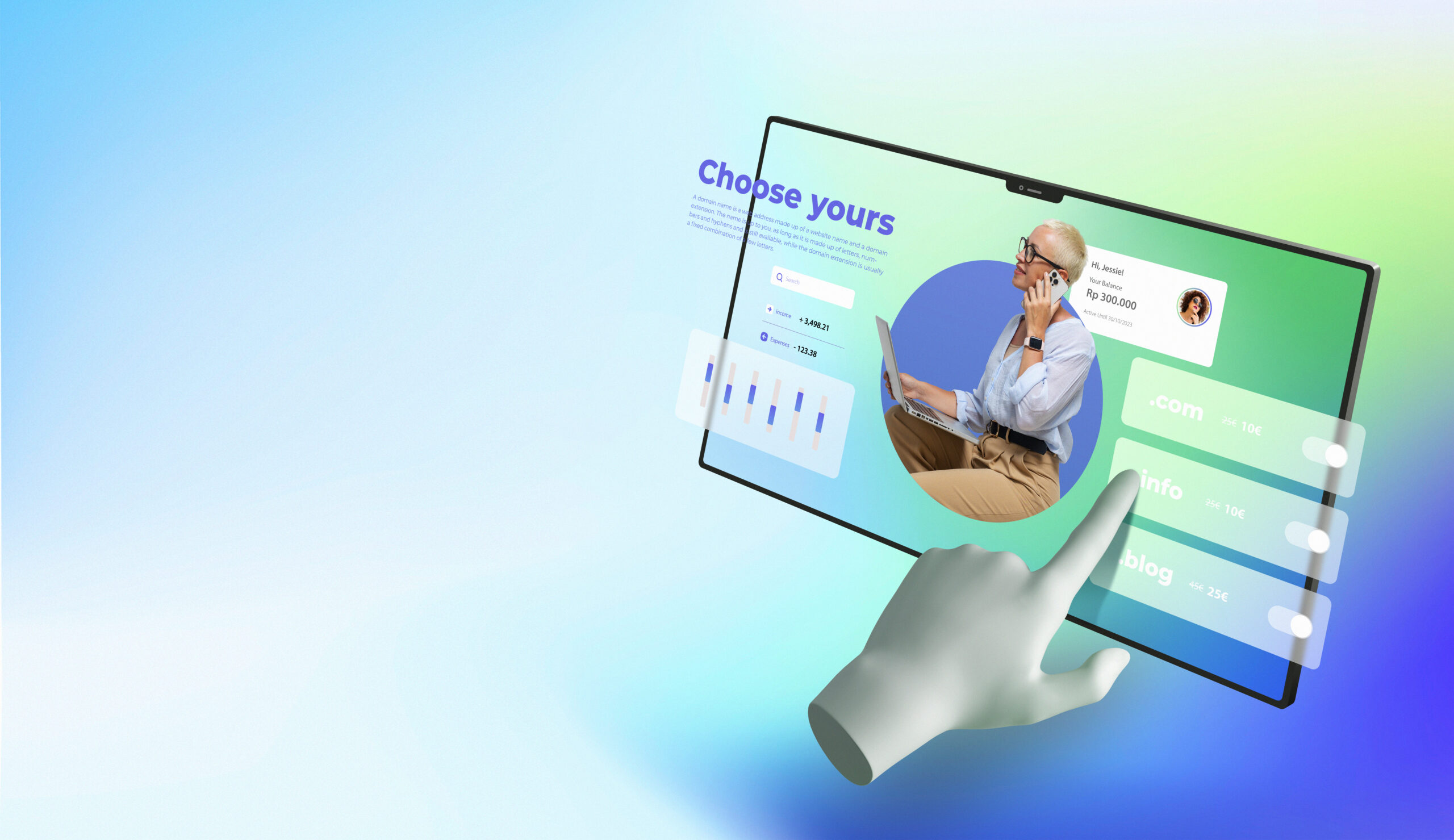Are you new to the world of WordPress and feeling a tad bit overwhelmed? Fret not, you’re not alone! One of the first things you might encounter is the concept of staging – a term that may sound complex but is an invaluable tool in your WordPress journey. This guide is designed to demystify staging for beginners, turning what might seem like a daunting task into a manageable and even enjoyable process. We’ll take a step-by-step look at what staging is, why it’s important, and provide you with practical strategies to get started.
Why not explore how Webtec’s Web Redesign Services can benefit you today?
Understanding the Power of Staging
First off, let’s get familiar with the concept of staging. It’s like a backstage area where you get to prepare, test, and tweak your website before the big launch, and all this without causing any disturbance to the live version. Now, why is this a big deal?
Bug Hunting
With staging, you can spot and squish bugs before they creep onto your live site. This ensures that when you officially unveil your website, your users are presented with a seamless and error-free experience.
Design Experimentation
Staging offers you the freedom to dabble with different themes, layouts, and designs without causing any impact on your live site. You can run multiple tests with different combinations to ensure you find that ideal aesthetic appeal before your audience sees it.
Content Refinement
Staging also serves as a safe haven to create and polish your website’s content. Here, you can draft your messaging, proofread meticulously, and ensure that every piece of content is in its prime form before going live.
Don’t miss our other post: 9 Effective Ways to Attract Hordes of Visitors to Your WordPress Blog.
Staging Options
To simplify this task, there are handy tools at your disposal known as plugins. Plugins like “WP Staging” and “Duplicator” let you create a staging site with just a few clicks. What they do is clone your live site into a separate staging environment, where you’re free to make changes without any fear of breaking things. Once you’re satisfied with the adjustments, you can easily migrate these changes to the live site.
If you’re someone who prefers working offline, local staging might be your go-to approach. Local development environments allow you to create a mirror image of your website right on your computer. Tools like “Local by Flywheel” and “XAMPP” make setting up such environments a breeze. Just install WordPress, import your website’s files and database, and you’re all set to start making changes in a secure and private environment.
For those who prefer a cloud-based solution, “WP Engine” or “Kinsta” could be your heroes. These cloud platforms offer staging environments as part of their hosting services. They empower you to create a separate staging site with just a few clicks, thereby eliminating any need for manual setups. The biggest convenience of this approach is that you can manage both sites from a single location.
Tips for Successful Staging
To ensure a successful staging process, it’s vital to stick to some best practices. Here’s a quick checklist:
Backup: Your first step before staging should always be to create a backup of your live site. It’s your safety net in case anything goes south during the staging process.
Privacy: Make sure your staging site is hidden from search engines and the general public. The last thing you’d want is your work-in-progress site appearing in search results and causing confusion among visitors.
Synchronization: If you’re making changes to your live site while staging, it’s crucial to keep your staging environment updated with these changes. This ensures you’re working with the most recent data and prevents any discrepancies when you finally push your changes to the live site.
Testing: Use your staging site to run a comprehensive check of your website’s functionality. Test all the links, forms, interactive elements, and ensure everything is in order.
Feedback: The staging site is a great platform to collect feedback on design, usability, and overall user experience. You can share it with a trusted group of colleagues, friends, or clients to get their valuable input.
Optimization: The staging environment provides an excellent opportunity to boost your website’s performance. Compress images, minify CSS and JavaScript, and enable caching to improve page load times.
Content Review: Don’t overlook the importance of reviewing and proofreading your content. Ensure there are no typos, grammatical errors, or formatting issues.
Launch Planning: Staging is also an excellent time to plan for a successful website launch. Use this opportunity to create a launch strategy, prepare marketing materials, and establish a timeline for going live.
Conclusion
Staging is an accessible, powerful tool that every WordPress user should understand and leverage. It’s your rehearsal space, your testing ground, and your safety net, all rolled into one. It’s all about ensuring that the first impression your website makes is the best it can possibly be. and having a triumphant website launch!


